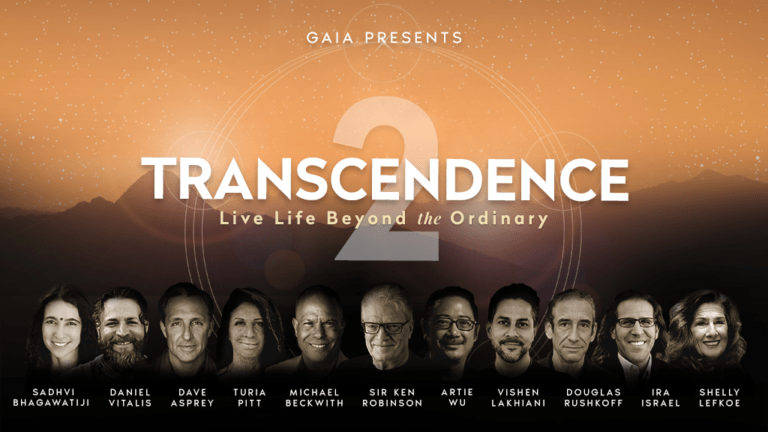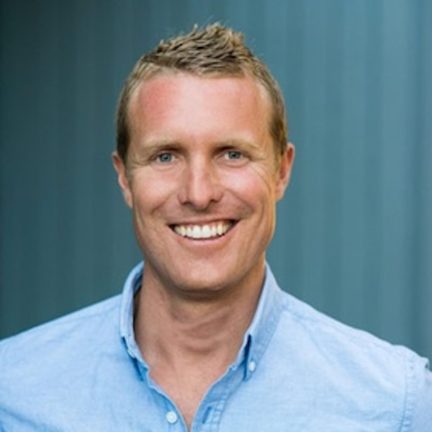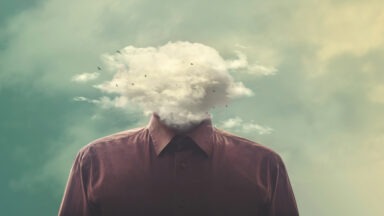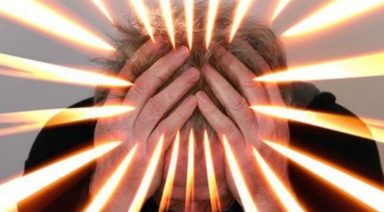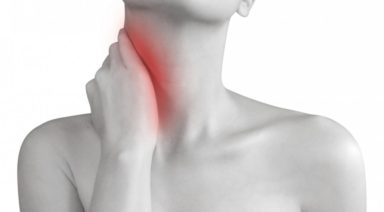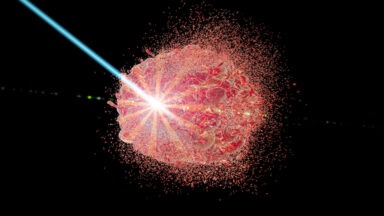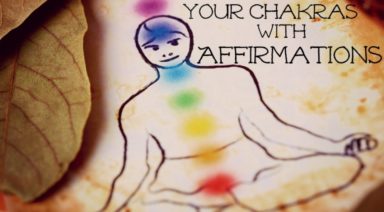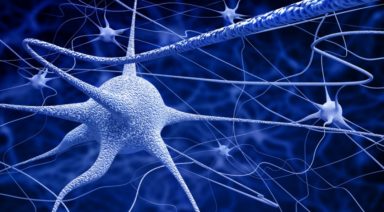The Impact of Stress & Negative Thinking on Your Brain

According to the World Health Organisation (WHO), stress is the health epidemic of the 21st Century. Now so, more than ever, we’re experiencing a heightened sense of physiological and mental stress that makes us more vulnerable to disease, infections, and viruses.
The stress hormones that we produce are effective in shutting down the immune system, which explains why it’s so common to end up with a cold or the flu after prolonged periods of stress.
It’s no secret that stress is bad for us, but did you know that how you respond to stress along with your mindset has a powerful impact on our health?
In the latest season of Transcendence 2, award-winning author Dawson Church, PhD., discusses the impact of long term stress and anxiety on the brain. Through his life-long research into gene expression, he shares exactly how our mindset and stress-response can hardwire the brain and create our ‘reality.’
High levels of cortisol, which is the hormone produced by stress, and negative thought patterns can trigger gene expression and result in a cascade of biological effects. Reduced muscle mass, reduced bone density, increased skin wrinkling, and degradation of digestion are typical of long term stress.
However, if we can learn to respond to stress and negative thought patterns with a new outlook by harnessing the power of our thoughts, we can begin to undo these biological effects.
Discover more in the worldwide, online premiere of Transcendence 2
Alongside Dawson, in Episode 3 of Transcendence 2, you’ll hear from Bradley Nelson, Ira Israel, Nick Ortner, Scarlett Lewis, Jennifer Partridge, Philip McKernan, and Kim Morrison to explore how meditation, forgiveness, and the ancient science of Tapping can help to reduce stress, negative thinking, and start us on our healing process.
In Episode 3 “Emotional Healing & Overcoming Trauma,” you’ll learn:
- How our thoughts and emotions impact our biology.
- The ancient healing technique that is set to reshape modern therapy.
- How you can start using this proven technique today to overcome emotional trauma, stress, depression, anxiety, PTSD, pain, and other health ailments.
- How to improve your overall well being, by uncovering and releasing trapped negative emotions from your body.
- How meditation, life visioning, self-acceptance, and forgiveness can help you let go of your past and manifest a future of your dreams.
The worldwide premiere screening of Transcendence Season 2 begins on Monday, May 18.
Get access to all 5 fascinating episodes by saving your spot here.
How to Heal From Directed Attention Fatigue; Go Into Nature
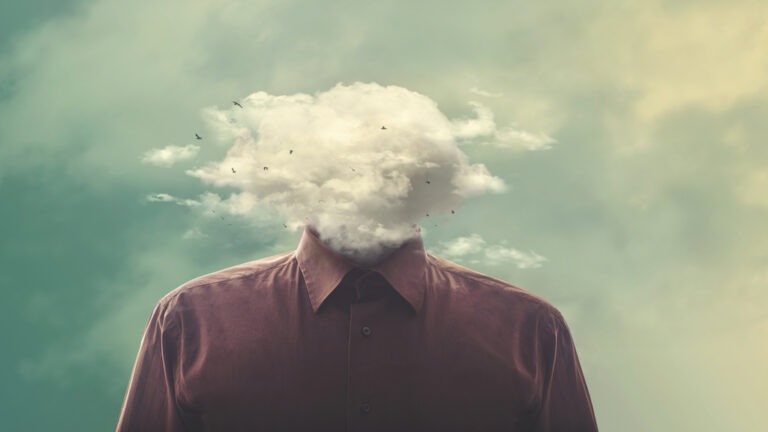
Our brains are overworked and overtired. We spend all day working and with technology at our fingertips, we never give our brains a break from directed intense focus. This can lead to attention fatigue, and it may be damaging your mental and physical health. But there may be an easy solution right outside your door.
When it comes to our brains there are different types of attention. Remember the last time you concentrated on a singular task, like taking a test or working on a complicated project? After a certain amount of time in that highly concentrated state, people often describe themselves as brain tired or even brain dead.
Our minds are like muscles, they can get overworked when concentrating for too long. This can lead to stress, weight gain, burnout, and anxiety. The good news is our brains can disconnect and recharge.

